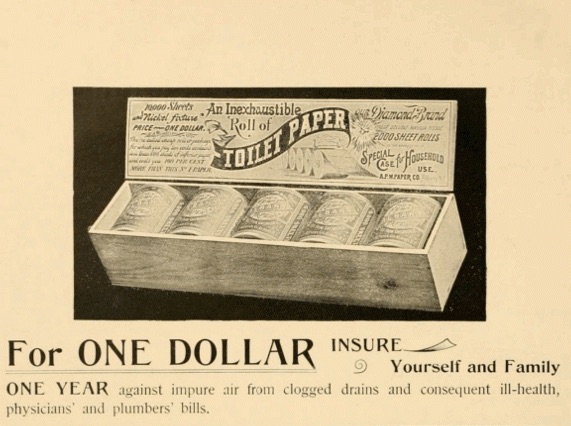Paper is incredibly versatile. We use it for books, money, tissues, wrapping and much much more.
But we also use it for creativity, and play.
Here are some suggestions for weekend activities around paper.
Collage
Paper is of course very suitable for collage, so why not create a collage of ‘paper in your life’ this weekend?
Cut, tear and otherwise collect little pieces of all the paper in your life.
The best way to do this is not using normal glue, but acrylic medium. This will stop the paper from swelling up and leaking colour, and if you use gloss medium it will also add a nice shine.
Build
Paper may seem flimsy, but if you use it in the right way it can actually create pretty solid support.
Why not try building the highest possible tower using only 4 sheets of A4 paper?
Fold it, roll it up, cut it into pieces and then recombine it and reach for the sky.
Create your own
If you’ve never created your own paper do try it - it’s incredibly fun and rewarding.
You can get the necessary supplies from a craft store, and this WikiHow explains the entire process:
https://www.wikihow.com/Make-Paper
Write, paint, draw, sketch on recycled paper
Over the past week you’ve become much more aware of how much paper actually goes through your hands during the week. How could you use that to get creative?
Experiment with sketching on envelopes, painting on packaging, drawing on paper bags, etc.
Have lots of fun playing with paper this weekend, and do share your creations on Twitter or Instagram using the hashtag #kramerseye.







